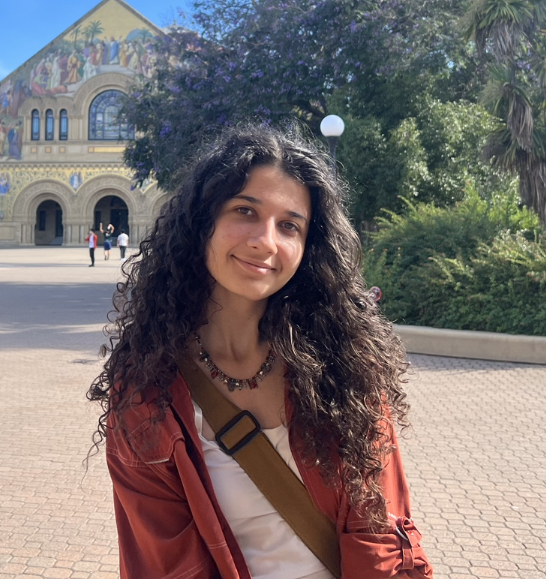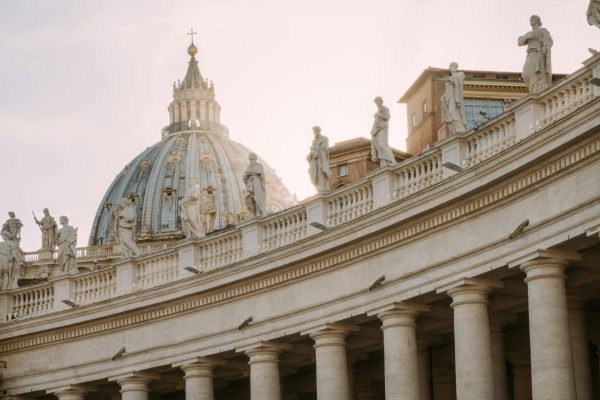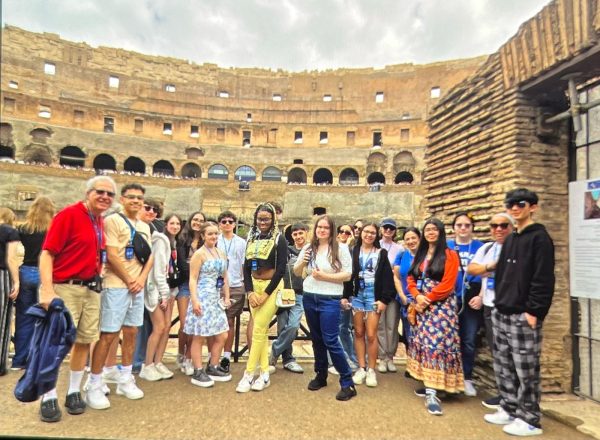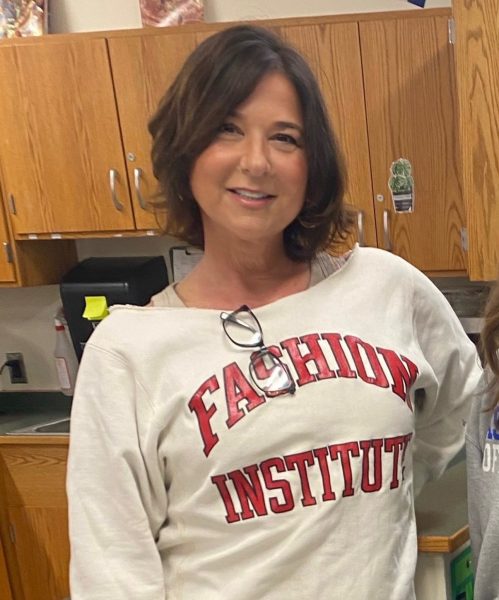The Turkey-Syria Earthquake
It was 4:17 AM local time when the ground began to shake on February 6. A 7.8 magnitude earthquake (classified as “major” on the official magnitude scale, the highest recorded magnitude being 9.5) struck parts of Syria and Turkey. The earthquake’s epicenter was closest to the Turkish city of Gaziantep, but its seismic shocks affected the greater country as well as the border regions of Latakia, Hama, Idlib, and Aleppo in Syria, according to World Bank (www.WorldBank.org).
“It’s an extremely complicated area,” explained Earth science teacher Diane Jurgens. “Pretty much their entire [Turkey-Syria] border is surrounded by different fault lines. There’s these major plates, but also what we call these smaller sub-plates, and Turkey is on a sub-plate.” Jurgens went on to explain that Turkey is mostly located on the Anatolian plate, which is sandwiched between the large Eurasian plate, the Arabian plate, and the African plate, “so it’s literally right where it’s intersecting.”
The destruction that the initial earthquake did was enormous, but it was soon followed by a destructive 7.5 magnitude earthquake about 95 kilometers southwest of the original site, according to Disaster Philanthropy (www.DisasterPhilanthropy.org). Relief after the original damage was then eclipsed by more terror. “The way the faults move, they’re not nice and smooth; it’s very jagged and rigid. So, what happens is, when there’s a really large earthquake like that, it means that there’s an insane amount of pressure buildup,” Jurgens explained. She further noted, “When there’s that much movement, it tends to jar other areas. The first, larger earthquake may have released some of that fault line. Because there are so many [there], what [geologists] think may have happened is that a larger earthquake triggered movement in the other fault.” She elaborated that, even as they observe potentially geologically volatile areas like Turkey and Syria, geologists are often unable to predict exactly when an earthquake will happen. The most powerful earthquake recorded in Turkey occurred in 1939; the recent disasters nearly matched the strength and devastation of the occurrence nearly 80 years ago.
The people of Turkey and Syria have experienced many repercussions from the disaster. The Bank of America (www.bankofamerica.com) has estimated over $4 billion will be needed in expenses in rebuilding Turkey after the earthquake’s destruction.“Thousands of people’s homes were destroyed. Everyone deserves to live in peace and have a roof over their heads,” explained sophomore Catherine Christakos. Christakos’ family resides in Greece, though some members are originally from Turkey. Nearly 2.2 million people have been displaced from the earthquake-impacted areas of Turkey, and the death toll has now surpassed 50,000.
Though the Syrian Red Crescent and Turkish Red Crescent, two humanitarian organizations similar to the American Red Cross, were quick to respond, the sheer amount of devastation made recovery efforts extremely difficult for the first few days. A baby girl delivered beneath the rubble after the earthquake in Turkey survived, though her mother and the rest of her family perished in the quake. She was initially named Aya, Arabic for ‘a sign from God,’ then later given the name of her late mother, Afraa. Her rescue was a miracle, but many others lost family or friends. “[When the earthquake happened,] I immediately thought of my family in Turkey. My family in Turkey passed away, but I remembered all the friends of my father,” explained special education teacher Ellen Restivo. “I wondered if they were affected by the earthquake.”
Yet, why was the death toll so high? The answer lies in the condition of the buildings. Many deaths were caused by falling rubble, and this directly correlates with the lack of stable infrastructure in Turkey and Syria. The buildings were very similar to those inhabited by refugees in Afghanistan, who experienced devastation in 2022 after a magnitude 5.9 earthquake. Similarly, the suffering of the people of Turkey stemmed from poor-quality building mandates. Many structures built there, including factories and office buildings, are built of concrete that often masks a styrofoam architectural boning or the use of an analogous, cheaply-made material. “For the people that live there, the structures aren’t built very well. It’s not like out in California, where we have building codes and things that are built to absorb the movement. Even without those buildings falling, they probably would have lost a lot of gas lines,” Jurgens explained.
It is not that Turkey does not have an established building code. One was created and reinforced after the devastating earthquake in Izmit, Turkey, in 1999, in which more than 15,000 people died, according to Scientific American (www.ScientificAmerican.com). The problem is more from a lack of transparency with regards to the architectural strength of these buildings. Criticism of the Turkish government has been rampant after the earthquakes, with many wondering why there had not been more safety precautions put in place beforehand. “This is definitely going to harm their economy in one way or another, with the amount of money needed for reconstruction. Also, the [citizens] might have conflicts with their government in how they decide to handle these events,” Christakos theorized. The economy in Turkey has consistently suffered from high rates of inflation as well as currency crises. The earthquake merely added another cloud to the storm. For Syria, the event caused further deterioration of an economy already caught in a tempestuous war since 2011, and refugees have continued to flee by the millions.
An unsteady future is predicted for the people living with the aftereffects of the earthquakes. The disaster has further inflamed violations of humanitarian law in Syria as well as the dilapidation of civilian structures, as citizens are displaced from their homes and across borders by the near millions. Food and housing insecurity have thus also been further exacerbated. Much is unknown, and people are uncertain as they walk across the rubble that was once home. “The earthquake and other natural disasters [remind] me that life is precious. My family and friends are precious, and I want to be loving and kind to everyone in my life,” explained Restivo. “I hope people remember that the present moment is a gift. We don’t know when our last day on earth will be, so we need to [love] each other with zest.”

I’m a member of the Class of 2025. When I’m not writing, editing, or helping lay out Horizon’s print editions, I like to rock climb, learn about...







































